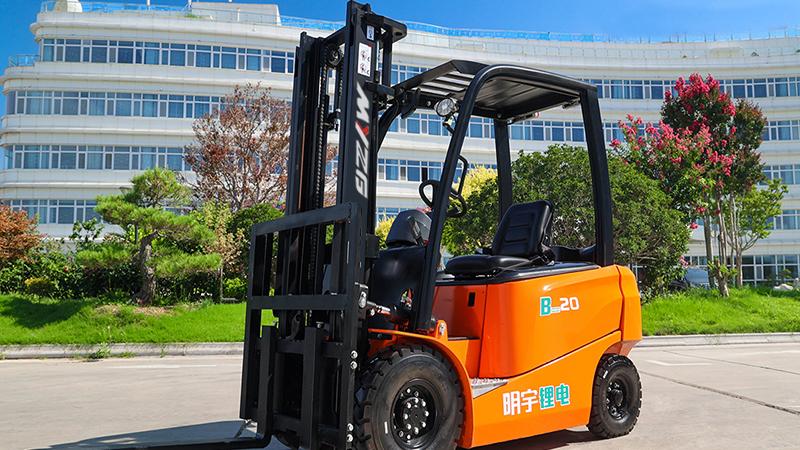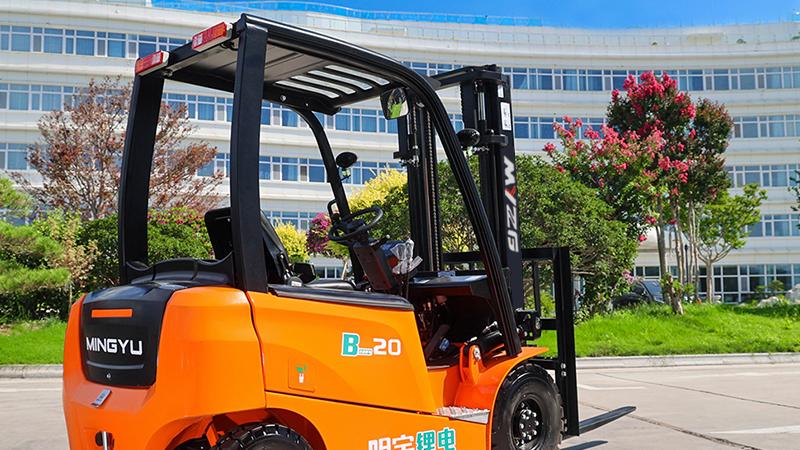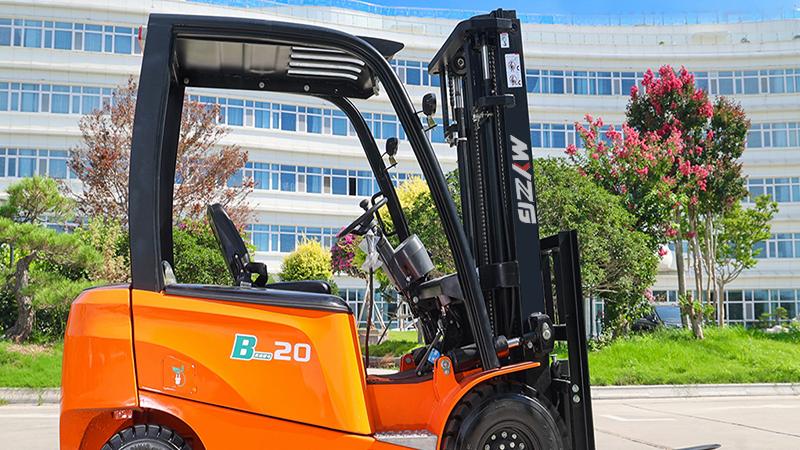The adoption of lithium-ion batteries in material handling equipment has revolutionized warehouse operations, offering significant advantages over traditional lead-acid batteries. One of the most compelling benefits is their rapid charging capability. Many manufacturers claim lithium forklift batteries can reach 80% charge in about one hour – but how accurate is this claim, and what factors influence actual charging speeds? This article examines the charging performance of lithium forklift batteries, compares them with conventional alternatives, and explores the operational benefits they deliver. Lithium-ion battery technology has advanced dramatically in recent years, with charging speeds being one of its most marketable features. Unlike lead-acid batteries that require 8-10 hours for a full charge (plus cooling periods), lithium forklift batteries can achieve 80% charge in approximately 60 minutes under optimal conditions. Some high-performance models with advanced battery management systems (BMS) and high-power chargers can even reach this level in 45 minutes. Full charges typically take another 30-60 minutes, meaning a completely depleted lithium forklift battery can be ready for another full shift in under two hours.
Several factors determine how quickly a lithium forklift battery charges. The charger's power output is critical – industrial lithium forklift batteries typically use 80V to 120V chargers with amperage ranging from 50A to 300A. Higher amperage chargers dramatically reduce charging times but require robust electrical infrastructure. The battery's state of charge (SOC) also matters: lithium batteries charge fastest when between 20%-80% capacity, with charging speeds slowing as they approach full capacity to protect cell longevity.Battery temperature plays a crucial role too. Lithium batteries maintain efficient charging between 32°F to 113°F (0°C to 45°C). Many modern lithium forklift batteries incorporate active thermal management systems that preheat batteries in cold environments and cool them during fast charging, maintaining optimal temperatures for rapid energy transfer. This contrasts sharply with lead-acid batteries whose charging efficiency drops significantly in temperature extremes.
The battery management system (BMS) is the brain behind safe fast charging. Advanced BMS technology continuously monitors individual cell voltages, temperatures, and overall battery health during charging. It dynamically adjusts charging rates to maximize speed while preventing overcharging, overheating, or cell imbalance – issues that could otherwise reduce battery lifespan. This intelligent regulation allows lithium batteries to sustain fast charging cycles without the degradation lead-acid batteries experience.Operationally, this rapid charging capability enables opportunity charging – the practice of briefly charging batteries during operator breaks or shift changes rather than waiting for full depletion. A 15-20 minute charge during lunch breaks can often provide enough power for several more hours of operation. This eliminates the need for battery swap systems and reduces the number of spare batteries required in multi-shift operations.
When comparing charging efficiency, lithium batteries outperform lead-acid in several key metrics. They typically accept 3-4 times more charge current relative to their capacity, converting over 95% of electrical energy into stored power versus lead-acid's 70-80% efficiency. This not only speeds up charging but reduces energy costs. Additionally, lithium batteries don't require the equalization charges that lead-acid batteries need weekly, saving 2-4 hours of downtime per maintenance cycle.Real-world data from logistics centers shows the productivity impact. A study of 50 lithium-powered forklifts demonstrated 18-22% increased uptime compared to lead-acid fleets, primarily due to faster charging and elimination of battery changeouts. The ability to partially charge during short breaks created more flexible operation schedules, with some facilities reporting 30% better equipment utilization during peak periods.
Post time:Aug.18.2025



